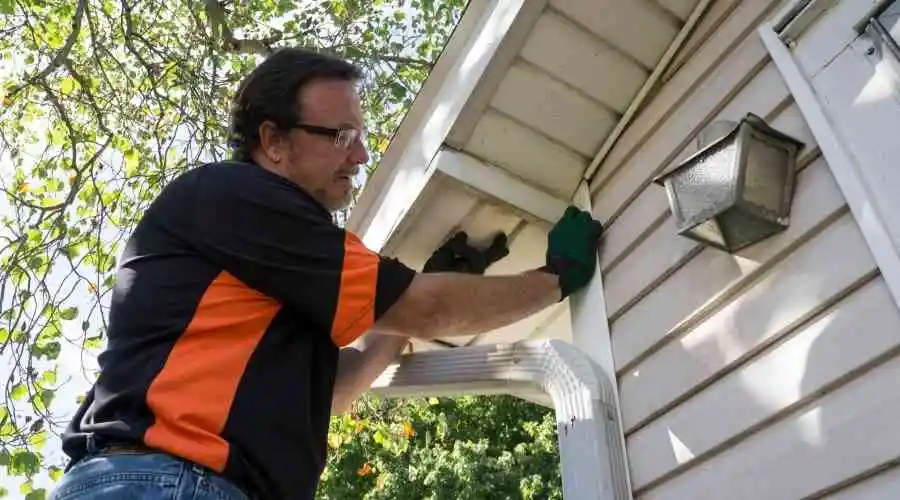All About the R-Values of Common Siding Materials

Insulation's R-value indicates how well it inhibits the passage of heat into and out of a building. If you wish to replace the vinyl siding on your home, you must thoroughly understand this phrase. While conducting research, you may have discovered this word. When selecting a new exterior for your home, the professionals at Dayton Stucco can provide additional information regarding the R-value of vinyl siding and other factors to consider.
R-Value: An Introduction
When a building has good interior and exterior insulation, neither air nor moisture can enter or leave. The "R" number indicates how effectively a material prevents heat from passing through it. The R-factor measures how effectively a substance keeps heat from passing through it when placed between two plates.
The laboratory tests one square foot of material with a one-inch thickness and a one-square-foot surface area. The exterior surface is one degree cooler than the interior surface. The thermal conductivity of a substance can be calculated using the rate of heat flow in BTU/h.
The R-value is determined by multiplying the R-factor by the material's thickness. The R-value of insulation is affected by its uniformity and R-factor. If the consistency is 1.5 inches and the R-factor is 2, then the R-value is 3. The R-value of a material indicates how effectively it retains heat and repels cold air throughout the winter and summer, respectively.
Examining Interior Insulation
When most people hear "insulation," they envision a roll of fiberglass or spray foam on the walls. Even if this insulation is effective, it may still allow air to escape, resulting in higher heating and cooling costs than necessary.
Most wall insulation is installed in the area between the studs, not on the studs themselves. Studs can occupy as much as one-fourth of the wall space of a house. Thermal bridging occurs when these barriers allow heat to go from the interior to the exterior of a building. Your home might not be as warm as it could be due to these energy leaks, which could also cost you money.
Insulation of Interiors Using Vinyl
These studs and other locations are shielded from heat transfer and drafts by insulated vinyl siding installed on the home's exterior, thereby reducing energy loss. Between 2.0 and 4.0 is the R-value of premium insulated vinyl siding. However, this may vary based on the selected siding type, manufacturer, and size.
Most vinyl siding has an R-value of 0.61. Even if it is not insulated, high-quality vinyl siding has a greater R-value than several other construction materials. Here are some typical R-values for building materials:
Fiber cement – 0.37
Stucco – 0.40
Brick veneer –0.44
Stone veneer – 0.11
Discussing your goals and desired aesthetic with a seasoned contractor will help you comprehend R-value and evaluate which material may be appropriate for your home.
Further Benefits of Vinyl Siding
Standard vinyl siding and insulated vinyl siding both offer benefits.
Insulated vinyl siding has a greater R-value, which can reduce the amount of energy your home consumes.
Instead of painting, caulking, or staining vinyl siding, it can be cleaned simply by spraying it with water and a little detergent. No maintenance is required, resulting in low upkeep expenses.
Even when subjected to intense sunlight or heavy snowfall, high-quality vinyl siding will not show any damage. In addition, neither insects nor water can harm it. Thus it will not rot.
You may get the vinyl siding in various colors and designs that resemble wood and stone. Due to its adaptability, it can be utilized for multiple outdoor purposes.
Since first impressions are crucial, it is just as important that the exterior siding is adequately insulated and has a high R-value as it looks attractive. Installing vinyl siding can increase the exterior appeal of a home and make it simpler to sell. If you want your home to stand out or intend to sell it soon, installing vinyl siding is a good choice.
